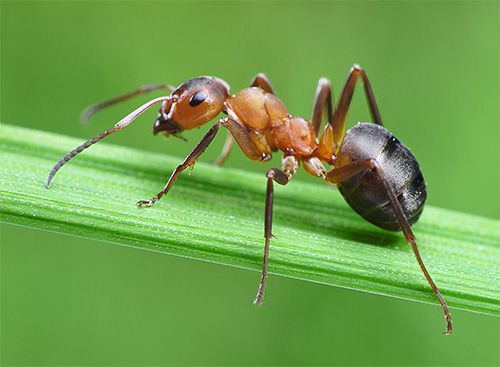
Ants are one of the most highly organized insects on the planet. Their ability to cooperate and self-sacrifice for the good of the colony, their high adaptability, their activity resembling rational in complexity - all this has long attracted the attention of scientists. And today, science knows numerous interesting facts about ants, some of which are known only to a narrow circle of specialists, and some refute established myths. For example…
Ants are the most numerous insects on earth.
According to the calculations of one of the world's most respected myrmecologists, Edward Wilson, there are from 1 to 10 quadrillion ants living on Earth today - that is, from 10 to the 15th power to 10 to the 16th power of individual ants.
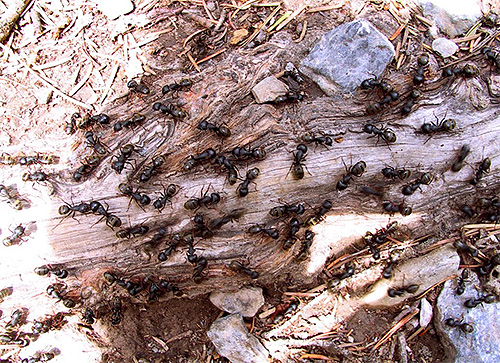
Incredible, but true - for every living person there are about a million of these creatures, and their total mass is approximately equal to the total mass of all people.
On a note
Myrmecology is the science of ants. Accordingly, a myrmecologist is a scientist concerned mainly with the study of this group of insects. It was thanks to the works of such scientists that very interesting facts about ants became known, which expanded the ideas of science about these insects.
On the Pacific island of Christmas, there are about 2,200 ants per square meter of soil surface and 10 nest entrances. And, for example, in the savannahs of West Africa, there are 2 billion ants and 740,000 nests for every square kilometer of area!
No other group of insects reaches such a population size and density.
Among ants there are the most dangerous insects in the world
Perhaps, neither poisonous snakes, nor large predators, nor spiders are afraid of the inhabitants of equatorial Africa as they are of wandering ants - a column of several million insects, whose soldiers are armed with powerful jaws, destroys almost all life in its path. Such trips are the key to the survival of the anthill.
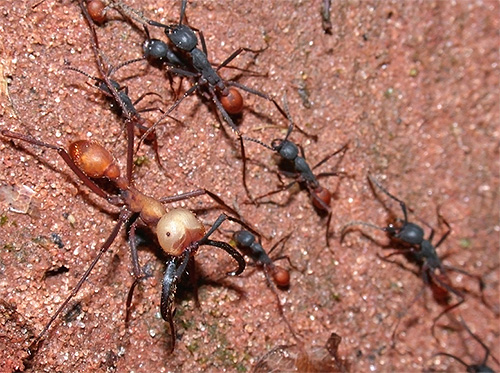
More interesting facts: wandering ants are one of the largest ants in general. Their soldier can reach a length of 3 cm, the uterus - 5 cm.

When the inhabitants of a village find out that such a colony is to pass through their settlement, they leave their homes, taking all their pets with them. If you forget a goat in a stall, the ants will bite it to death. But they also destroy all cockroaches, rats and mice in the villages.
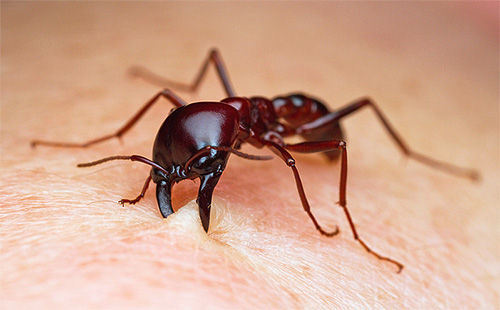
But the bullet ant is considered the most dangerous ant in the world: 30 of its bites per 1 kg of body weight of the victim are fatal. The pain from their bite exceeds in strength that from the bites of any wasps, and is felt throughout the day.
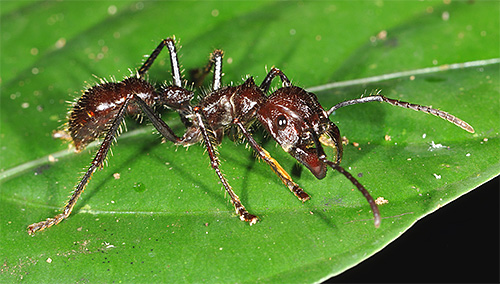
Among the Indian tribes of South America, for the initiation of a boy into a man, a sleeve is put on the hand of the initiate with live ants placed in it. After the bites, the boy's hands are paralyzed and swollen for several days, sometimes there is a shock and the fingers turn black.
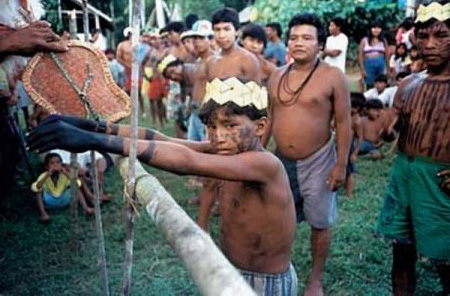

Ant eggs are not really eggs.
What are commonly referred to as ant eggs are actually developing ant larvae. Ant eggs themselves are very small and of no practical interest to humans.
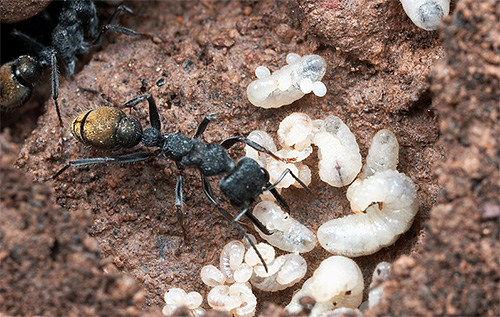
But the larvae are willingly eaten in Africa and Asia - such a dish is rich in protein and fats. In addition, ant larvae are an ideal food for nestlings of various ornamental birds.

Ants are a famous delicacy.
The most famous ant dish is wood ant sauce, which is used as a condiment in Southeast Asia.
Honey ants are very interesting in this regard. In each of their anthills, there are from several tens to several hundred ants, which are used by the rest of the colony members as food reservoirs. They are specially fattened during the rainy season, their abdomen is filled with a mixture of water and sugars and swells to such a size that the insect cannot move.
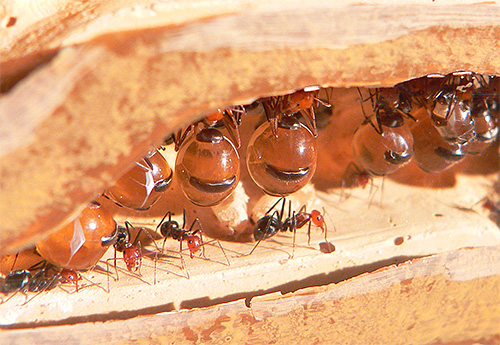
In the dry season, other individuals from the anthill lick the secretion constantly secreted by these living barrels and can do without external food sources. Such ants are actively collected where they live - in Mexico and in the southern United States - and eaten. They taste like honey.
Another interesting fact of a gastronomic nature: in Thailand and Myanmar, ant larvae are used as a delicacy and sold by weight in the markets. And in Mexico, large ant larvae are eaten in the same way as fish caviar in Russia.
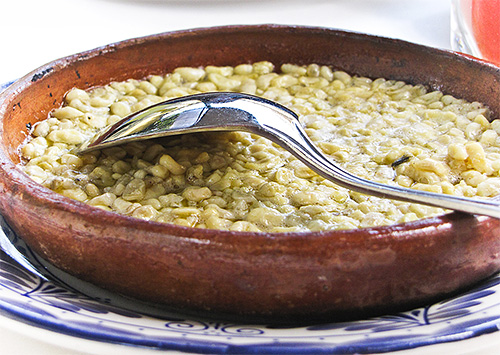
Ants and termites are completely different insects.
Indeed, ants belong to the order Hymenoptera, and their closest relatives are wasps, bees, sawflies and riders.
Termites are a rather isolated group of insects close to cockroaches. Some scientists even include them in the order of cockroaches.

It is interesting
The complex social structure of a termite mound, reminiscent of that of an anthill, is just one example of convergence in the animal kingdom, the development of similar traits in members of different groups who find themselves in similar conditions.
It is noteworthy that a mammal lives in equatorial Africa - a naked mole rat, whose colonies also resemble ant colonies: only one female breeds in mole rats, and the rest of the individuals serve her, feed and expand their burrows.
The vast majority of ants are females.
All the worker ants and soldier ants in every nest are females, incapable of reproduction. They develop from fertilized eggs, while males develop from unfertilized ones.
An interesting fact about ants: whether a worker ant or a future uterus will grow out of an egg depends on how the larva feeds. The worker ants themselves can decide how to feed the brood and how many future queens to feed.
Some species of ants do not have a uterus as such, and all working females can breed. There are also species in the nests of which several queens live. A classic example of this is the nests of domestic ants (Pharaoh ants).
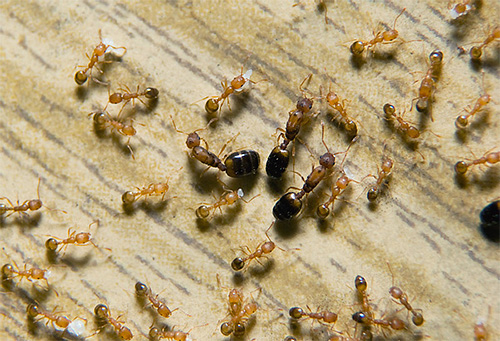
The queen ant can live up to 20 years
The usual lifespan of a queen who has managed to establish a colony is 5-6 years, but some live up to 12 and even up to 20 years! In the world of insects, this is a record: most single insects, even of a larger size, live on the strength of several months. Only in some cicadas and beetles, the full life span, taking into account the larval stage, can reach 6-7 years.

This interesting fact from the life of ants does not mean at all that all queens have such a life expectancy: most of the fertilized females die after the summer, and a significant part of the established colonies also die out for various reasons in the first year of their existence.
There are slave ants
The connections of different ants with each other are so diverse that even people can sometimes envy them.
For example, in a whole genus of Amazonian ants, worker ants do not know how to feed themselves and care for the nest. But they know how to attack the nests of other, smaller species of ants, and steal larvae from them. The ants that develop from these larvae will continue to care for other than their queens and soldiers.

In other species, this behavior has reached the point where the uterus simply penetrates into someone else's anthill, kills the queen living there, and worker ants recognize her as their own and take care of her and her offspring. The anthill itself is then doomed: from the eggs of such a female, only females capable of capturing the anthill of another species will develop, and with the death of all the working ants, the colony will be empty.
There are also benign cases of slavery. For example, the queen steals several pupae to establish a colony, and the ants that develop from them help her at the very initial stage of colony development. Further, the colony develops by the descendants of the uterus itself.
Ants can learn
Interesting facts about ants related to the phenomenon of learning attract the close attention of many scientists.
For example, in some species of ants, those individuals who managed to find food teach others to find a place with food.Moreover, if, for example, in bees this information is transmitted in the process of a special dance, then the ant specifically teaches another to pass a particular route.
Video: ants build a living bridge with their bodies
Experiments also verified that during training, the teacher ant reaches the desired point four times slower than it would get to it on its own.
Ants know how to farm
This interesting feature of ants has long been known - South American leaf-cutting ants use the most complex food chain in the animal kingdom:
- some members of the colony gnaw off a large piece of a leaf of a tree and bring it to the anthill

- smaller individuals, never leaving the colony, chew the leaves, mix them with excrement and parts of a special mycelium
- the resulting mass is formed in special areas of the anthill - real beds - where fungi develop on it, providing ants with protein food.
An interesting thing about ants is that they do not eat the fruiting bodies themselves - they feed on special growths of mycelium. Some members of the colony constantly bite off the emerging fruiting bodies, preventing the mycelium from wasting useful substances on useless legs and hats.
It is interesting
When a fertilized young female leaves the nest, she carries away a tiny piece of mycelium in a special pocket on her head. It is this reserve that is the basis for the well-being of the future colony.
In addition to ants, only man and termites have learned to cultivate other living organisms for their own benefit.
Relationship between ants and aphids
The shepherd inclinations of ants are known to many: some anthills are so dependent on a flock of aphids that they also die when the latter die out.Scientists believe that the release of the secret at one time was a protective reaction of aphids from the attack of enemies, only the secret itself was sharply smelling and toxic.
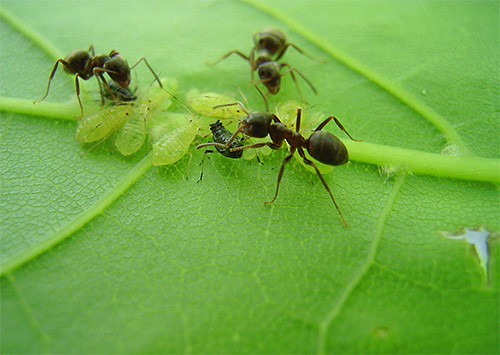
But one day, natural selection suggested to pests that ants can not be scared away, but lured and forced to protect themselves. Thus, a unique example of a symbiosis of two completely different groups of insects arose: aphids share sweet, healthy and satisfying secretions with ants, and ants protect them.
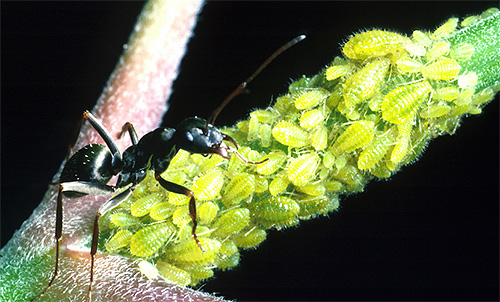
Aphid secretions that attract ants are called honeydew. In addition to aphids, scale insects, mealybugs and some cicadas share it with ants.
Interestingly, many insects have learned to secrete an attractive secret for ants in order to penetrate their nests. Some beetles, caterpillars and butterflies feed on the stocks of the ants themselves in the anthill, while the ants do not touch them precisely because of their ability to share honeydew. Some of these guests in anthills corny devour ant larvae, and the ants themselves are ready to forgive them for their treachery for a drop of sweet secret.
The above are just some interesting facts about ants. In the biology of each species of these insects, you can find something unique and original.

It is thanks to this uniqueness and abundance of specific adaptive features that they managed to become one of the most numerous and advanced groups of arthropods in general.

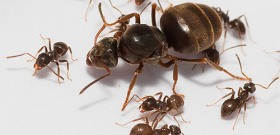

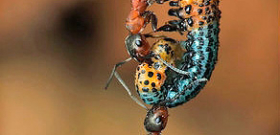
Very useful and informative text about ants. Thanks to everyone who worked!
Very interesting, it turns out that ants are such interesting insects! Many thanks to those who have worked here!!!
Thanks for this site, very interesting.
Thank you, I'm interested in the life of ants, and I'm going to write an abstract.
Me too
Very helpful text.
This is very educational, I learned a lot about ants. Thank you!
The best encyclopedia about ants. Learned a lot of new information.
A very interesting text, I could not even think what hard workers ants are. But they are so small.
Do your homework by reading, and the site is cool.
The material was interesting! I will write a report.
I think it's interesting stuff.
Thank you, very interesting, I will carry the report on biology))
Thanks a lot! Very interesting!
I like it
Very interesting, I learned a lot, thanks to the site.
Thanks a lot! This site helped me to make a report, thanks!
Very interesting, I didn't even know half of it!
Thank you!
Thank you, it helped me a lot to prepare the presentation!
Very interesting, thanks.
Very interesting, thanks
Very interesting
Very interesting
Didn't learn anything new. public facts.
Many types of ants can stay under water for several days, and nothing will happen to them.
Thank you so much, peck peck!
It was very interesting to read about ants!
Very cool!
Super text, I was stunned. Thanks to the creators, I did not know almost everything. And cool pics!
Class!
VERY INTERESTING!
I really liked the article! Learned a lot. Many thanks to the author for his work 🙂
Cool. Thank you.
Thanks
Great article, but I didn't find what I needed.
Class!!! Thanks a lot!
I thought I knew everything about ants, but it turned out that not everything (thanks to the site!)
Your site is a treasure! Everything is clear, accessible, with pictures and videos and so much information! THANK YOU SO MUCH!